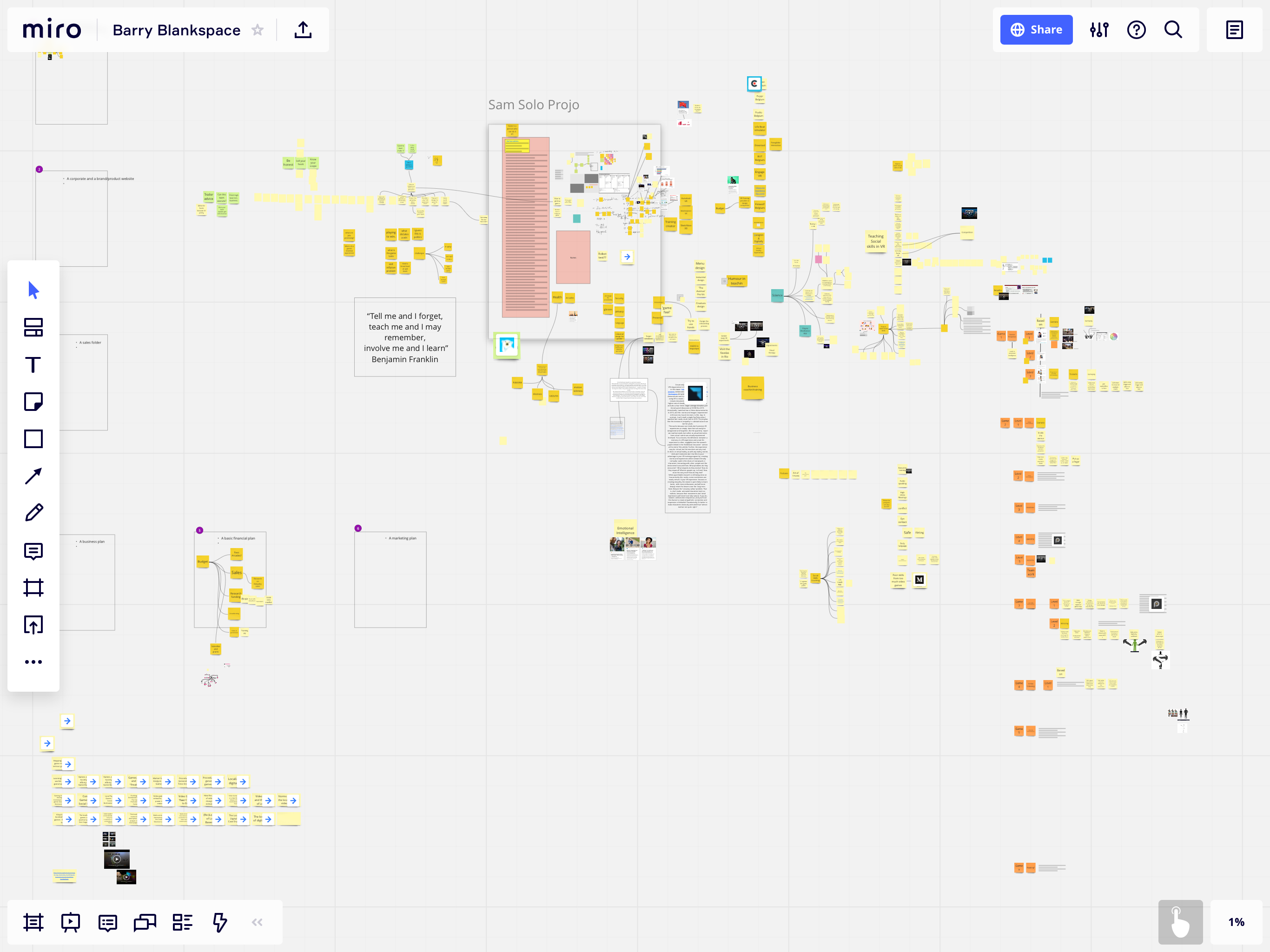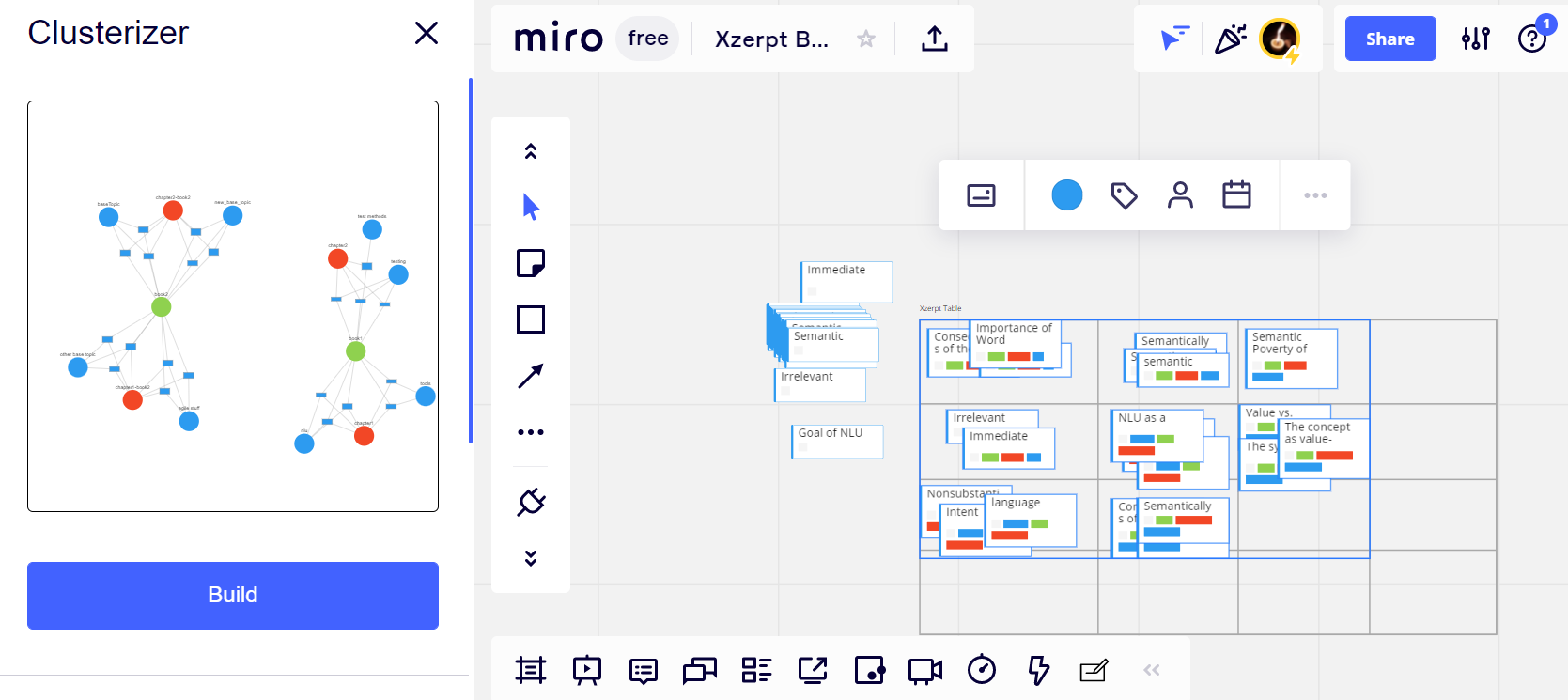Hey all! Hollis here from the Miro content team. I’m a recent university grad where I was heavily involved in academic research and I’m curious: any professors, students, or academic researchers out there using Miro in your research process?
Would love to see examples of boards, processes, etc. if you have any! Hoping to enable those in academia with Miro :)





